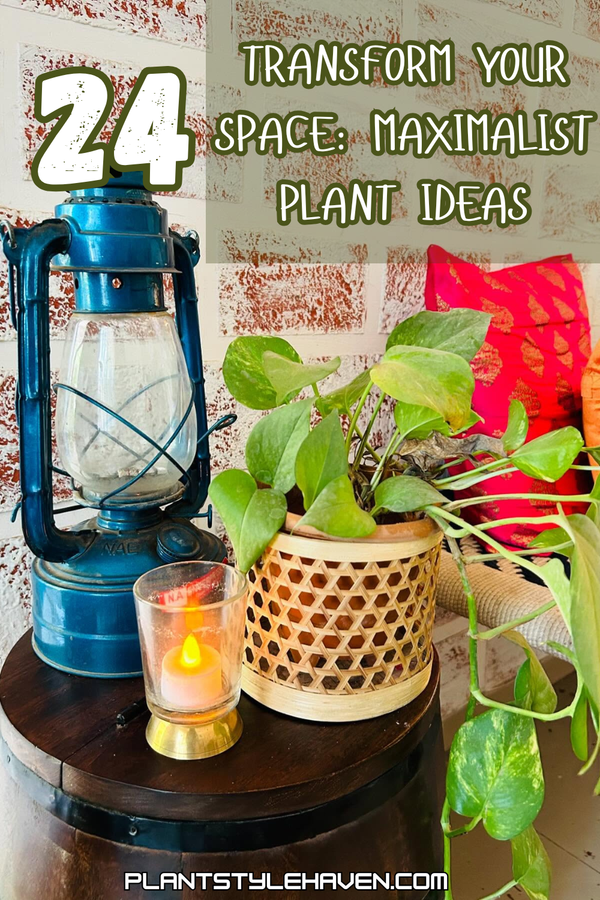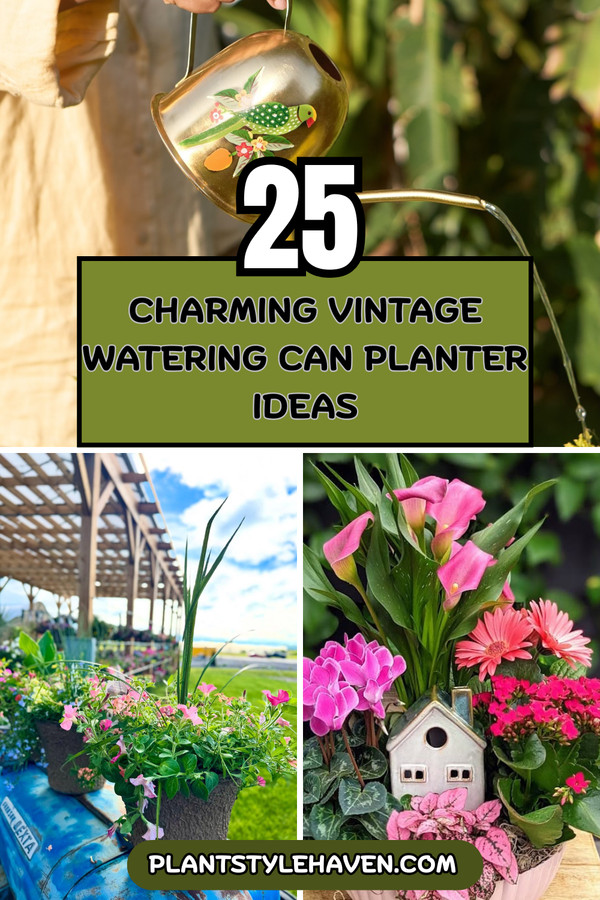Transform Your Space with 15 Plant Shadow Ideas
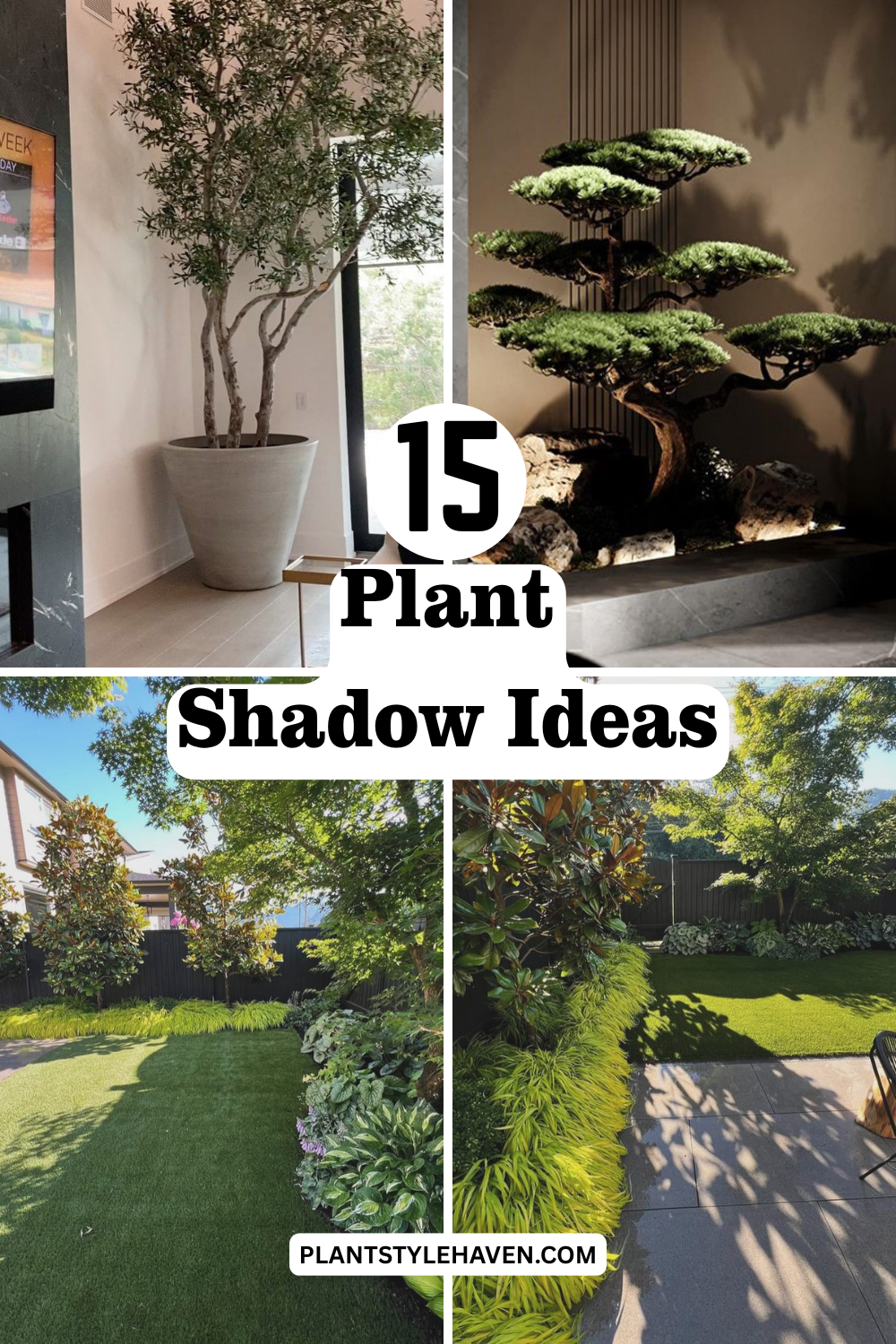
Have you ever noticed the captivating dance of shadows created by plants in your home? Plant shadow casting is an incredible way to add depth, intrigue, and beauty to any room. Not only does it bring a touch of nature indoors, but it also creates an ever-changing art piece on your walls and floors. Whether you're a seasoned plant enthusiast or just starting, these creative ideas will help you make the most of your leafy friends' natural shadows. Dive in and discover how plants can transform your space with their magical shadow play!
1. Harnessing the Power of Large Leaf Plants
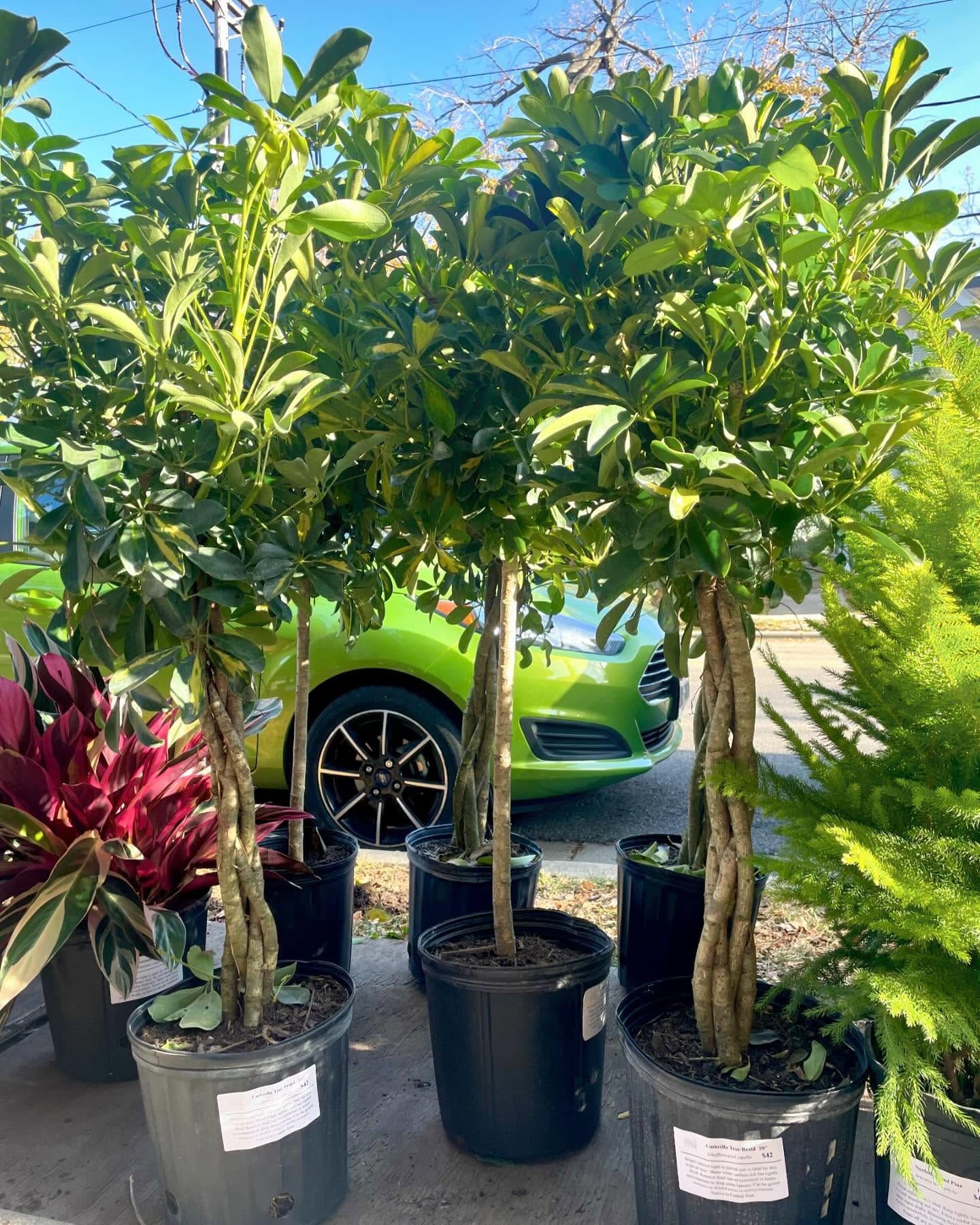
Large leaf plants like Monstera or Elephant Ear are perfect for creating dramatic shadows. Their broad, uniquely shaped leaves can cast intricate patterns on walls, providing an organic, dynamic backdrop for any room. To maximize their shadow effect, place them near a light source, like a window or a floor lamp. As the sun or lamp moves throughout the day, you'll enjoy a shifting display of botanical artistry. Experiment with various angles and distances to find the perfect shadow composition.
2. Using Climbing Vines for Vertical Shadow Art
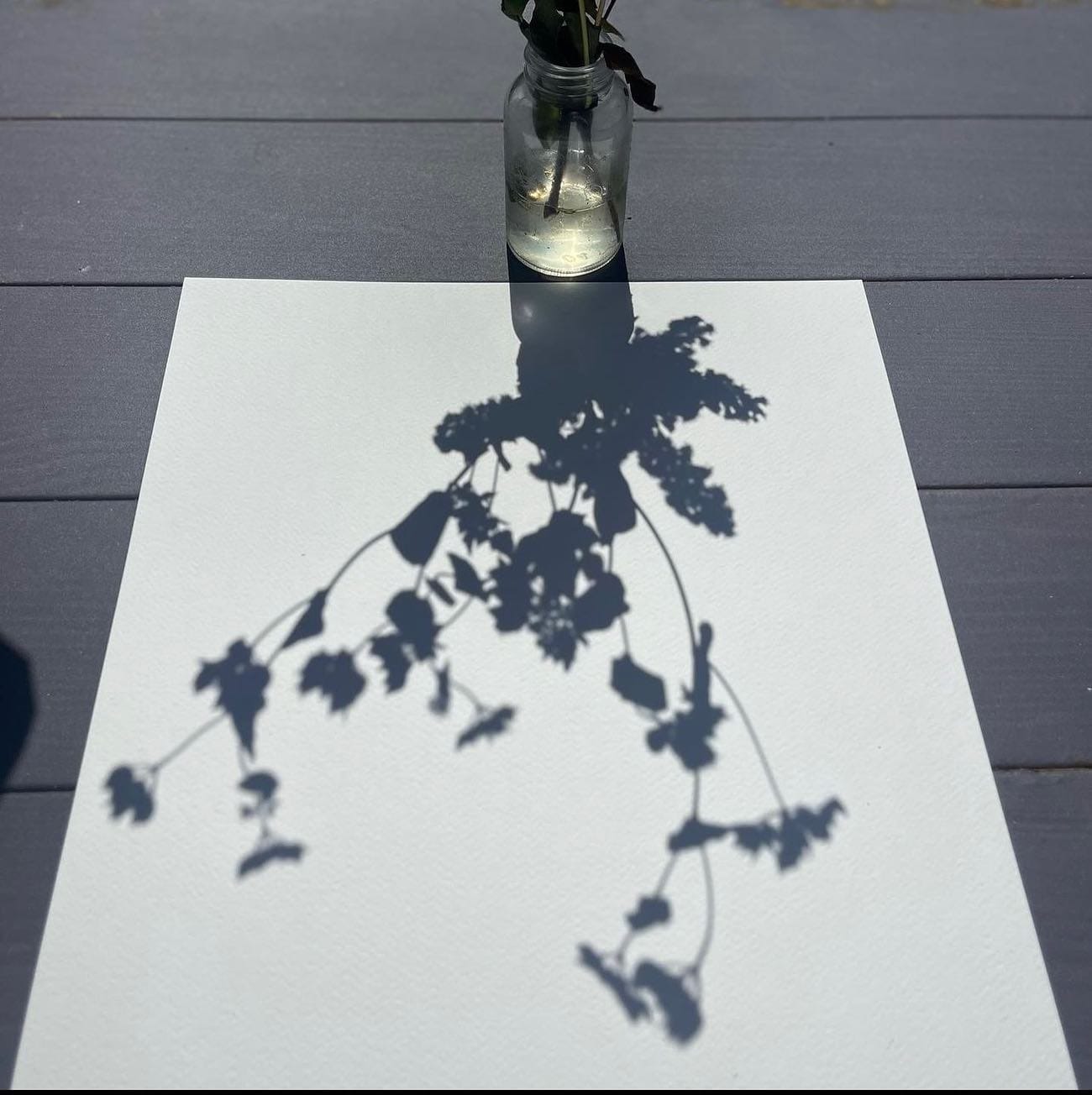
Vining plants such as Pothos or English Ivy offer a unique opportunity for vertical shadow casting. Train these plants to climb up walls or along trellises, and watch as their delicate leaves create an ever-changing tapestry of shadows. Positioning them near a light source will amplify their shadow art, creating a living mural that evolves over time. This technique is perfect for adding visual interest to plain walls or creating a focal point in a room.
3. Creating Intricate Patterns with Ferns
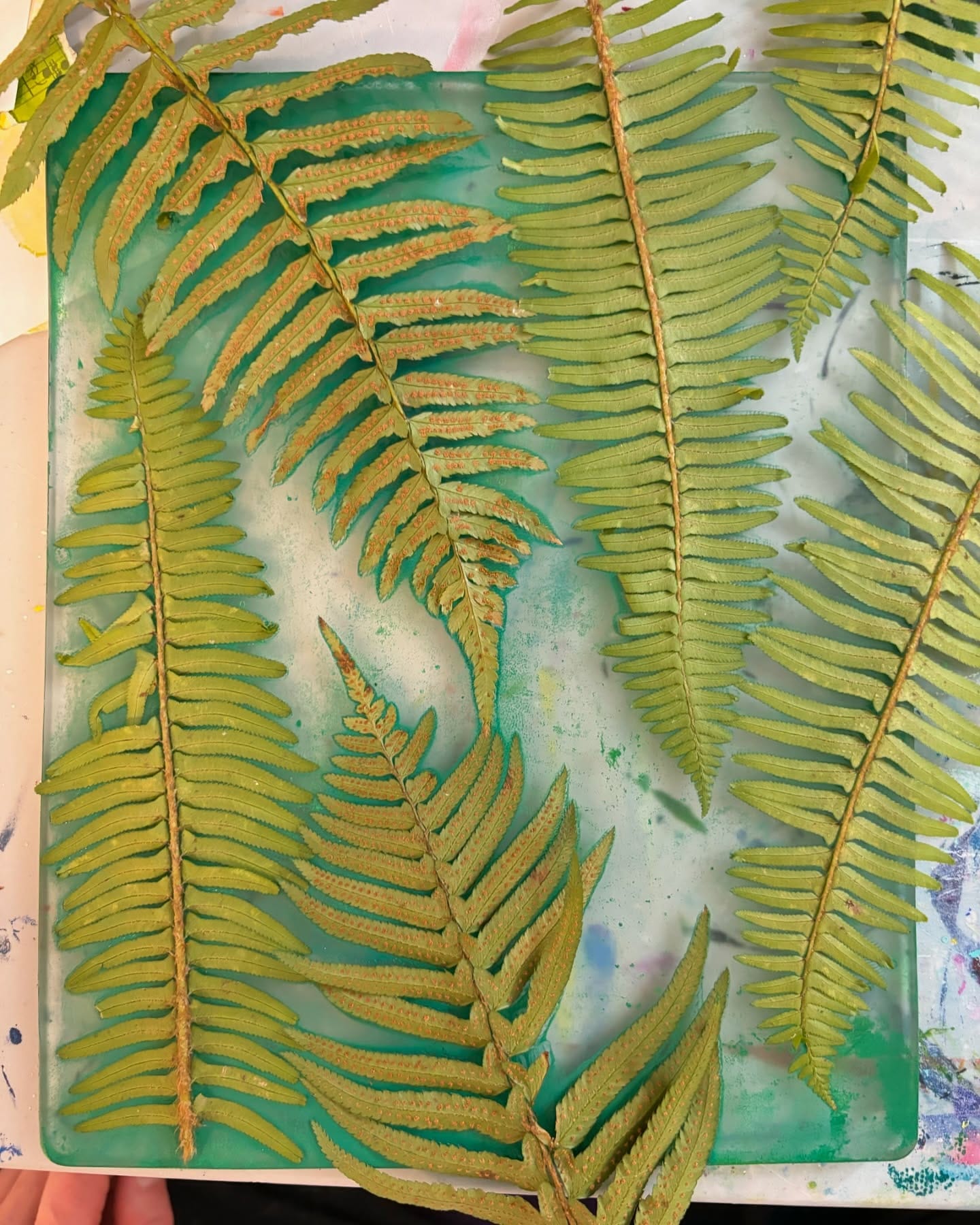
Ferns are known for their delicate, lace-like fronds that can produce mesmerizing shadow patterns. Their intricate designs make them ideal for shadow casting, especially when placed near a light source. Consider positioning a fern on a windowsill or hanging it in a spot where sunlight can filter through its leaves. The resulting shadows will add a touch of elegance and sophistication to your space, making it feel like an indoor oasis.
4. Experimenting with Layered Plant Arrangements
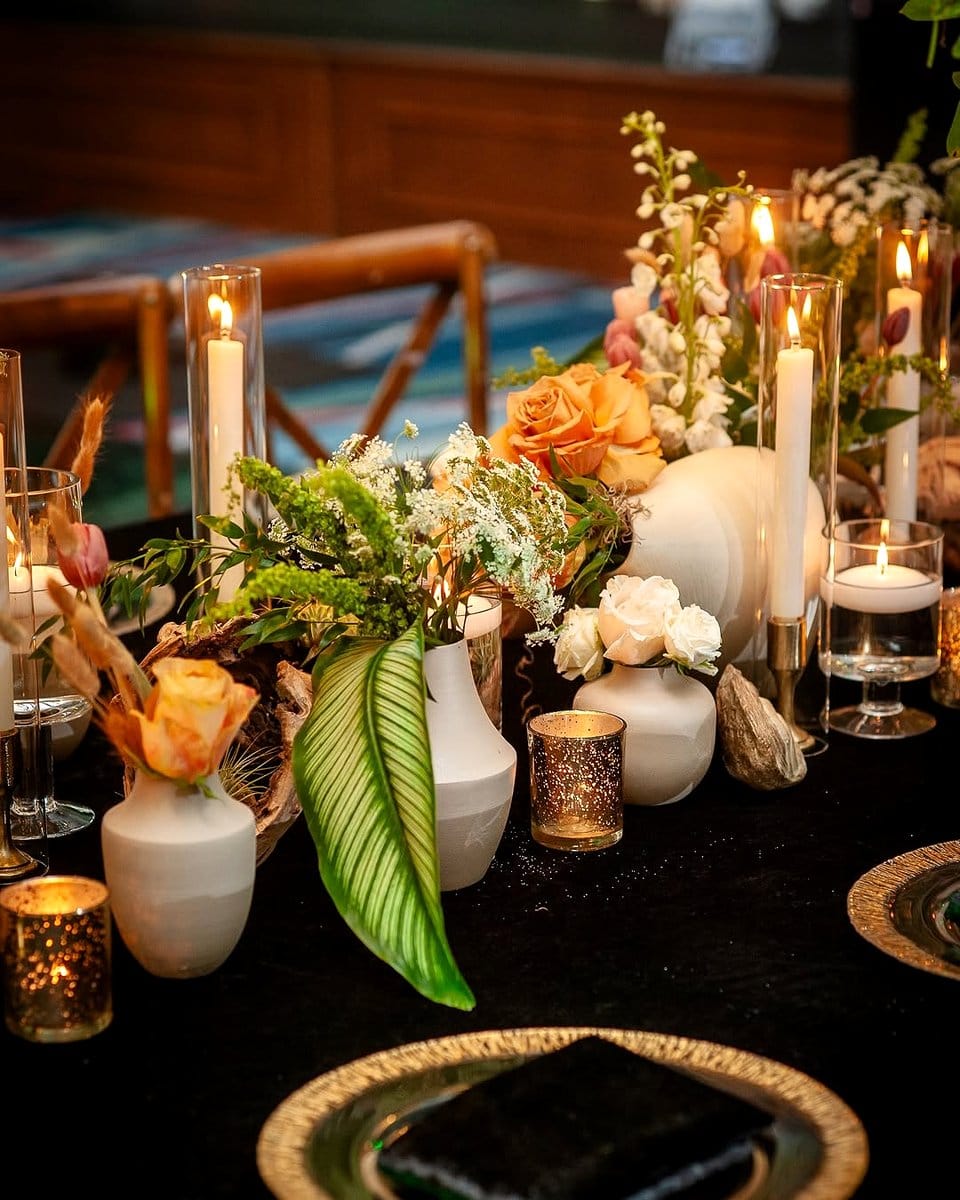
By layering different plants with varying leaf shapes and sizes, you can create complex shadow compositions. Place taller plants behind shorter ones, allowing their shadows to intermingle and form a layered effect. This technique works well in corners or against flat surfaces where the shadows can spread out. Play with different plant combinations to achieve a unique shadow display that reflects your personal style.
5. Incorporating Hanging Planters for Dynamic Shadows
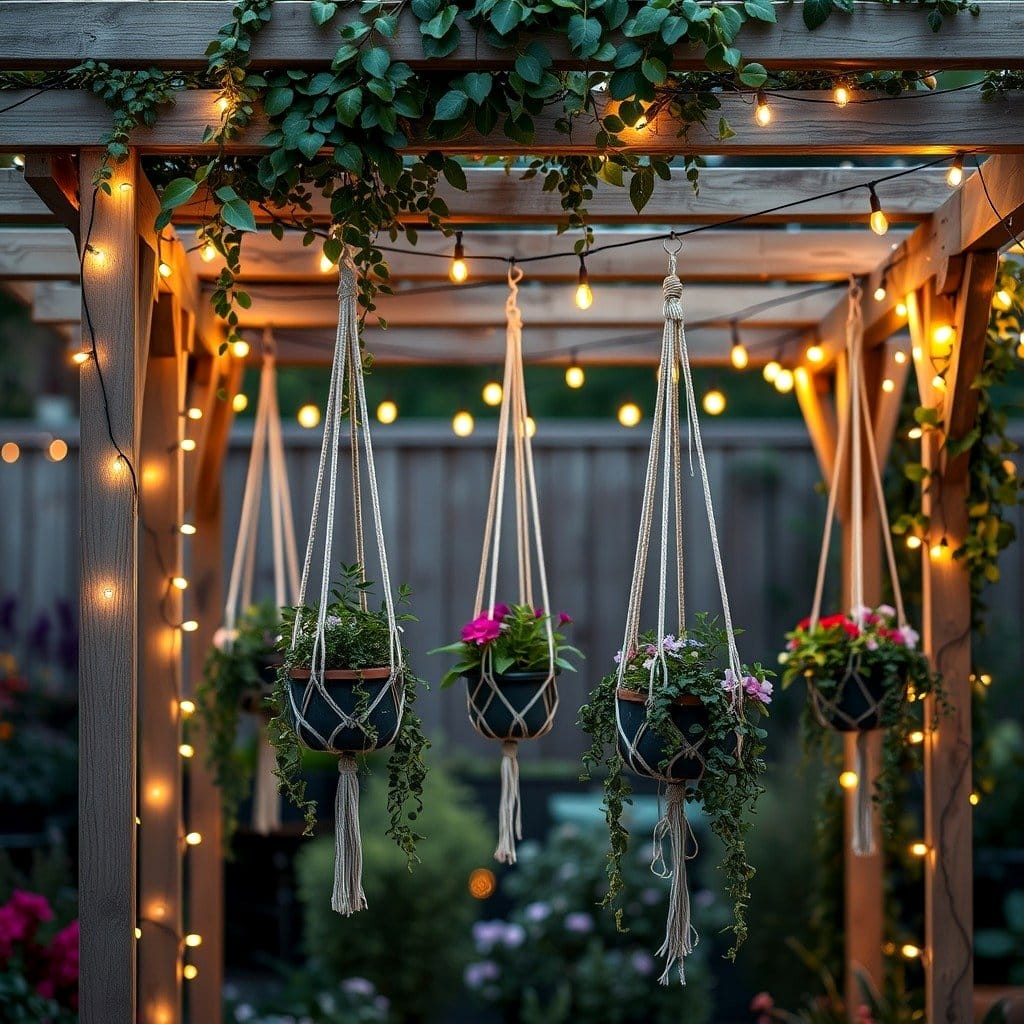
Hanging planters are not only a stylish way to display plants but also an excellent tool for shadow casting. As the plants dangle from the ceiling, their shadows move and sway, creating a dynamic and ever-changing visual. Consider using trailing plants like String of Pearls or Spider Plants to enhance the effect. Position the planters near a window or a light source to maximize the shadow play, and enjoy the whimsical atmosphere they create.
6. Maximizing Sunlight with Window Sills
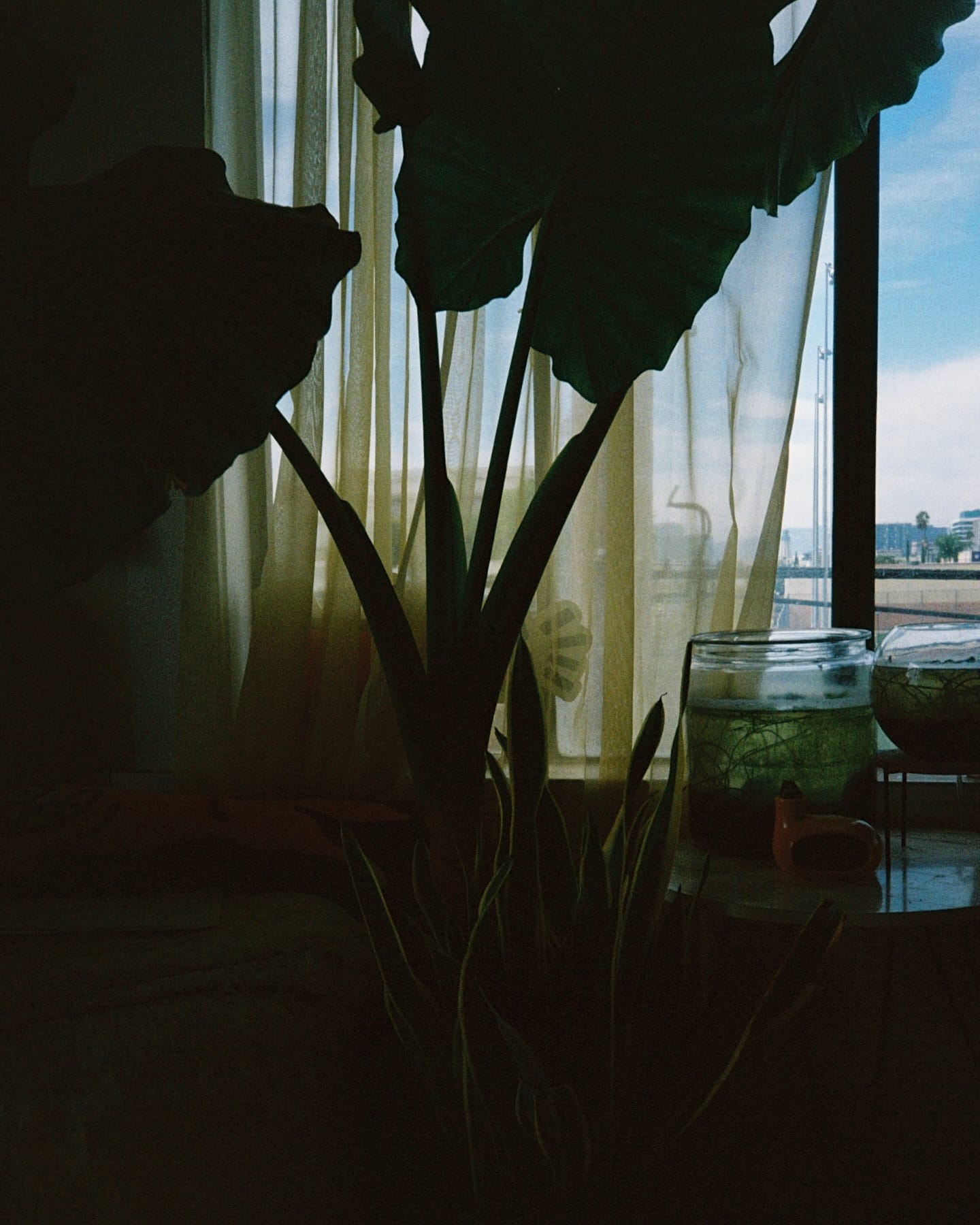
Window sills offer the perfect spot for plant shadow casting, as they receive ample sunlight throughout the day. Arrange a variety of plants on your windowsill, allowing their shadows to cascade onto the floor or wall. This setup not only showcases your plant collection but also brings a natural, artistic touch to your space. Experiment with different plant types and arrangements to see how their shadows interact with each other.
7. Using Lamps to Create Shadow Art at Night

Who says shadow casting has to stop when the sun goes down? Use lamps strategically to create shadow art at night. Position a lamp behind or beside a plant, and watch as the shadows transform your walls into a nighttime gallery. This technique is especially effective with plants that have bold, distinctive leaf shapes. Adjust the lamp's position and intensity to achieve the desired shadow effect, and enjoy the cozy ambiance it creates.
8. Playing with Geometric Pots for Added Texture
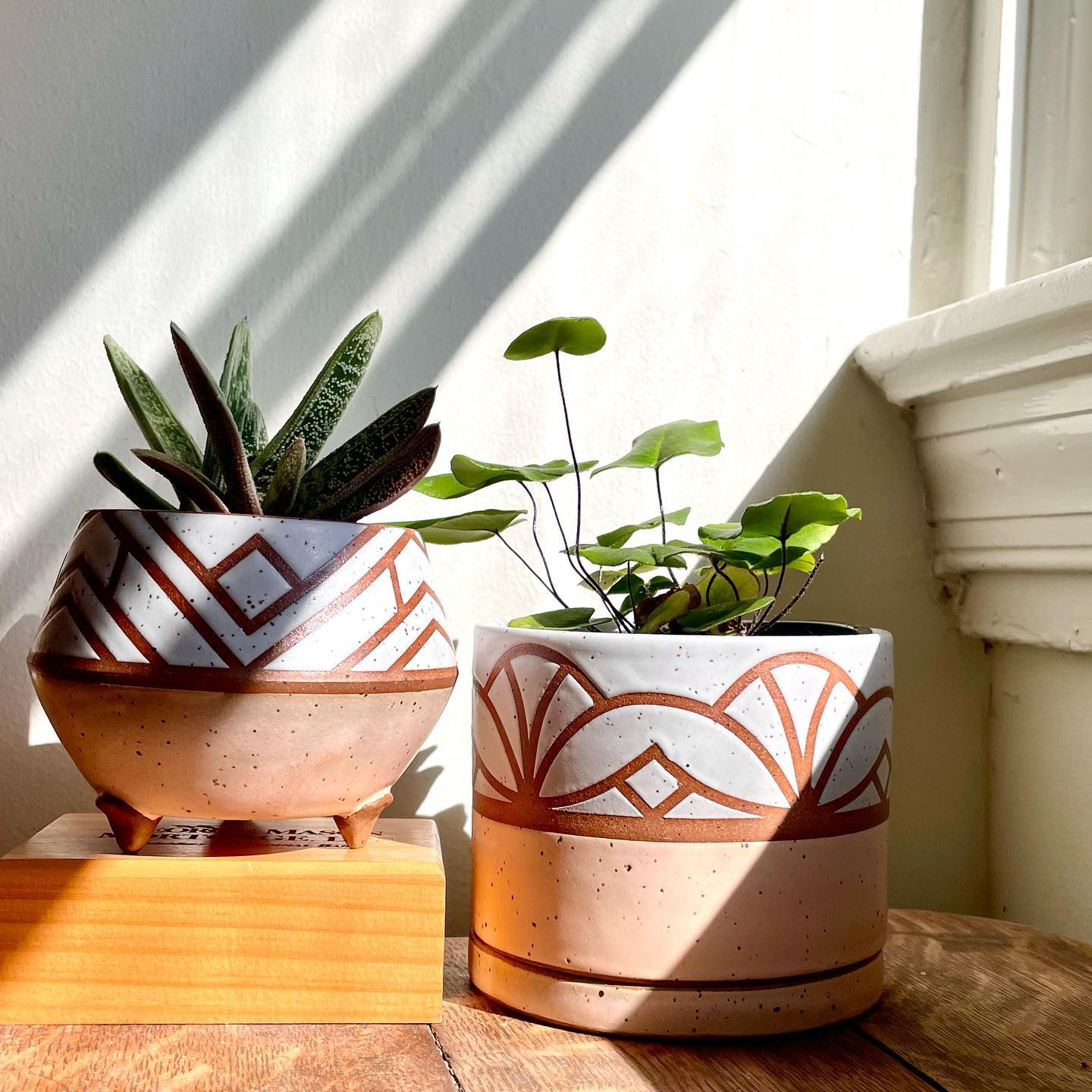
Geometric pots can add an extra dimension to your plant shadow casting. The unique shapes of these pots can cast intriguing shadows of their own, complementing the patterns created by the plants. Experiment with different pot shapes and materials, such as metal or ceramic, to see how they interact with the plant shadows. This combination of plant and pot shadows can create a striking visual effect that transforms any space.
9. Creating a Shadow Garden with Multiple Light Sources

For a truly immersive shadow experience, consider using multiple light sources to illuminate your plants. This setup allows you to create a shadow garden where each plant casts its unique shadow. Experiment with various light angles and intensities to see how they affect the shadow patterns. This technique is perfect for larger spaces or outdoor areas, where you can create an expansive shadow display that captivates and intrigues.
10. Utilizing Sheer Curtains for Softened Shadows
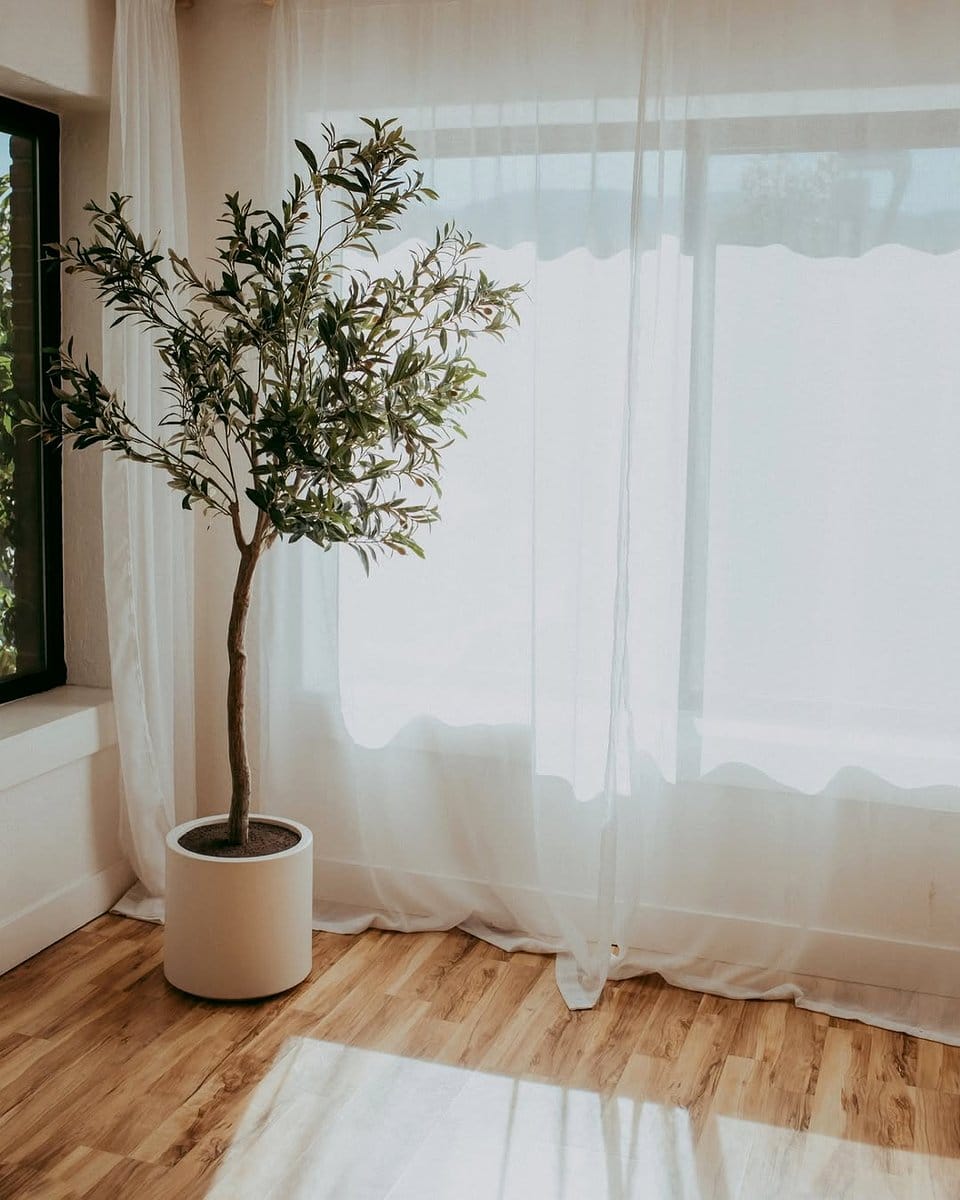
Sheer curtains can soften the shadows cast by plants, creating a gentle, diffused effect. Hang sheer curtains in front of a window where plants are placed, and enjoy the subtle interplay of light and shadow. This technique adds a layer of tranquility and sophistication to your space, making it feel calm and inviting. Pair with plants that have delicate leaves for an even more ethereal effect.
11. Highlighting Architectural Features with Shadows
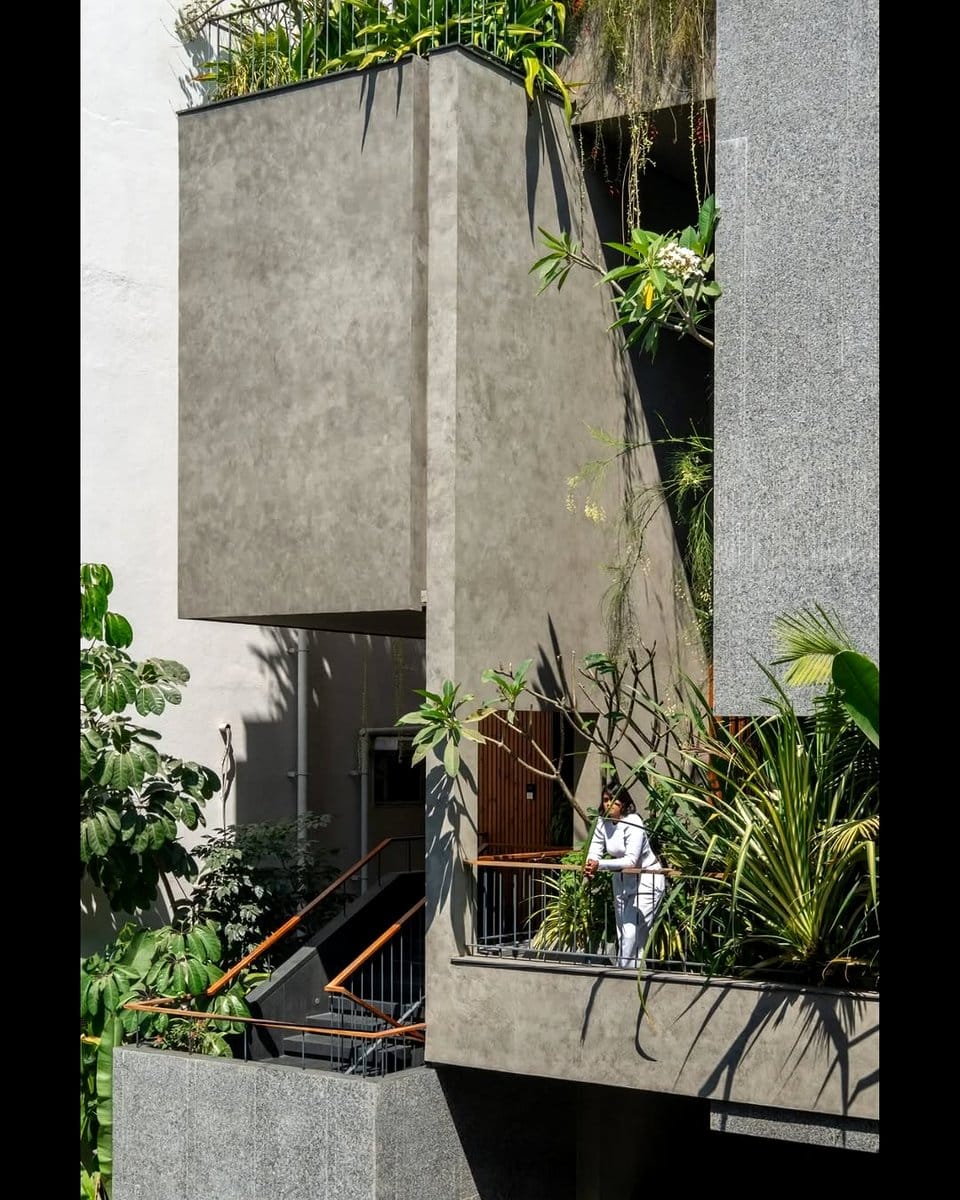
Use plant shadows to accentuate architectural features in your home, such as archways, columns, or moldings. Position plants strategically so their shadows fall on these elements, drawing attention to them and adding depth to your space. This technique works particularly well in rooms with interesting architectural details that deserve to be highlighted. The interplay of light, shadow, and architecture creates a harmonious and visually appealing environment.
12. Creating a Shadow Play Zone for Kids

Turn shadow casting into an interactive experience for children by creating a shadow play zone. Use plants with intriguing shapes and place them near a light source in a designated play area. Encourage kids to explore the shadows, creating stories and characters with the silhouettes. This playful approach not only introduces children to the wonders of nature but also stimulates their imagination and creativity.
13. Bringing Nature Indoors with Shadowy Green Walls
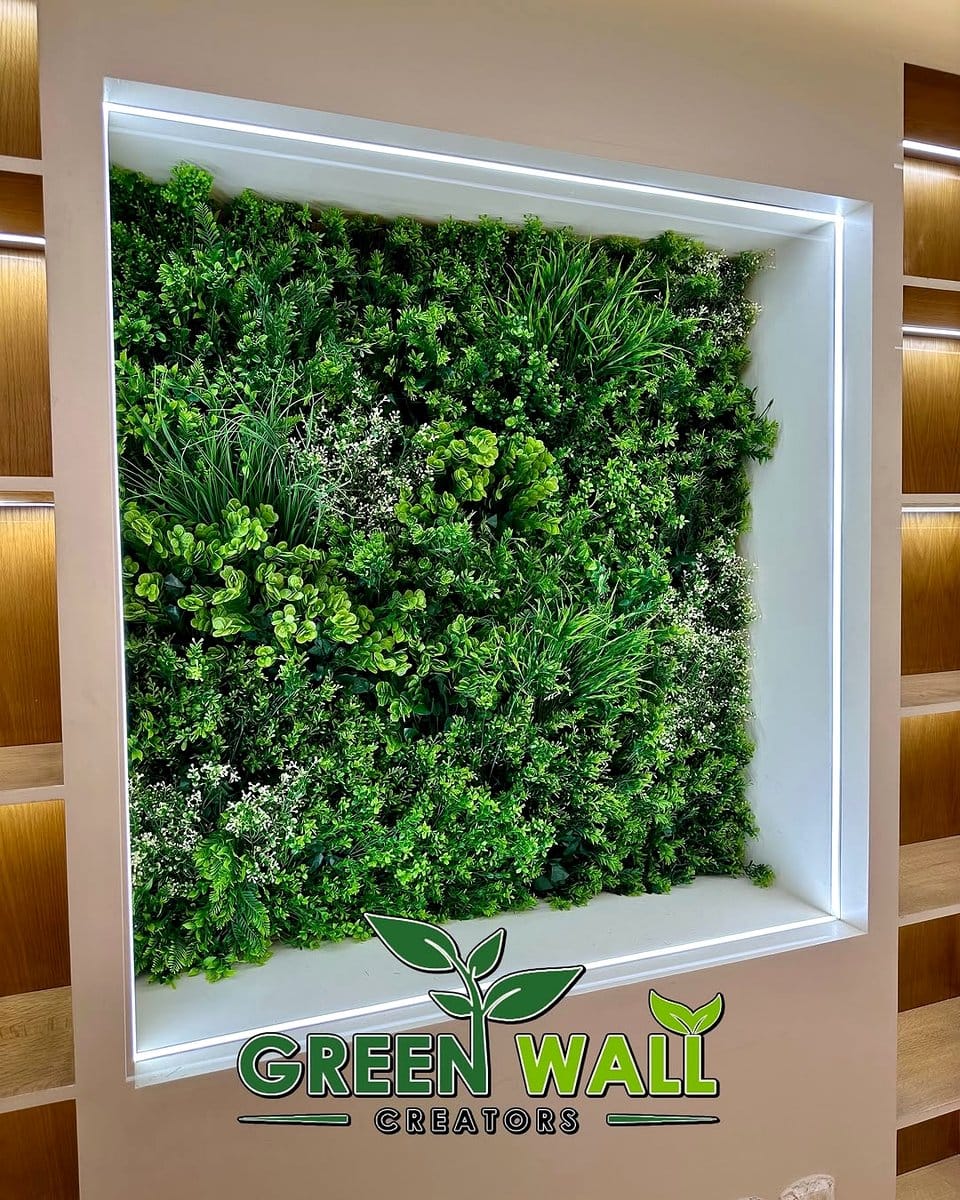
Green walls, or vertical gardens, are a fantastic way to bring nature indoors while also creating stunning shadow displays. As light filters through the foliage, it casts beautiful patterns on adjacent surfaces. Install a green wall in a well-lit area, and watch as the shadows transform your space into a lush, vibrant haven. This technique is perfect for those looking to make a bold statement with their interior design.
14. Enhancing Outdoor Spaces with Plant Shadows
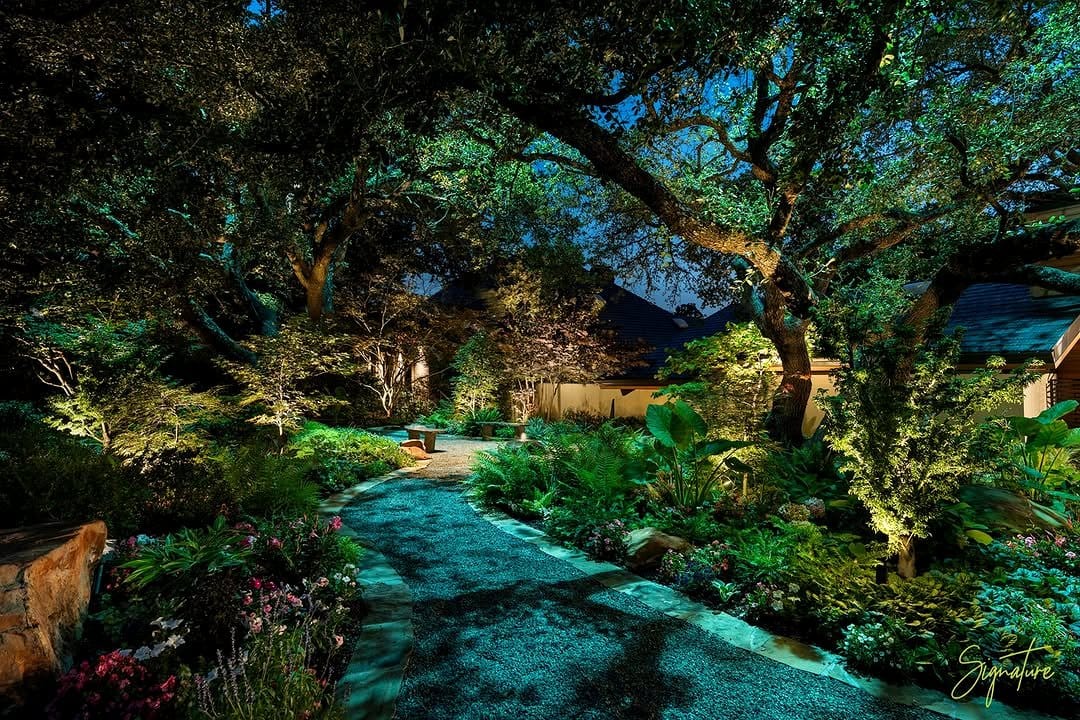
Don't limit plant shadow casting to indoor spaces! Take advantage of outdoor areas like patios, balconies, or gardens to create stunning shadow displays. Arrange potted plants strategically to cast shadows on walls, floors, or outdoor furniture. As the sun moves across the sky, the shadows will shift and change, adding a dynamic element to your outdoor living space. This technique enhances the natural beauty of your outdoor environment.
15. Integrating Seasonal Plants for Year-Round Interest
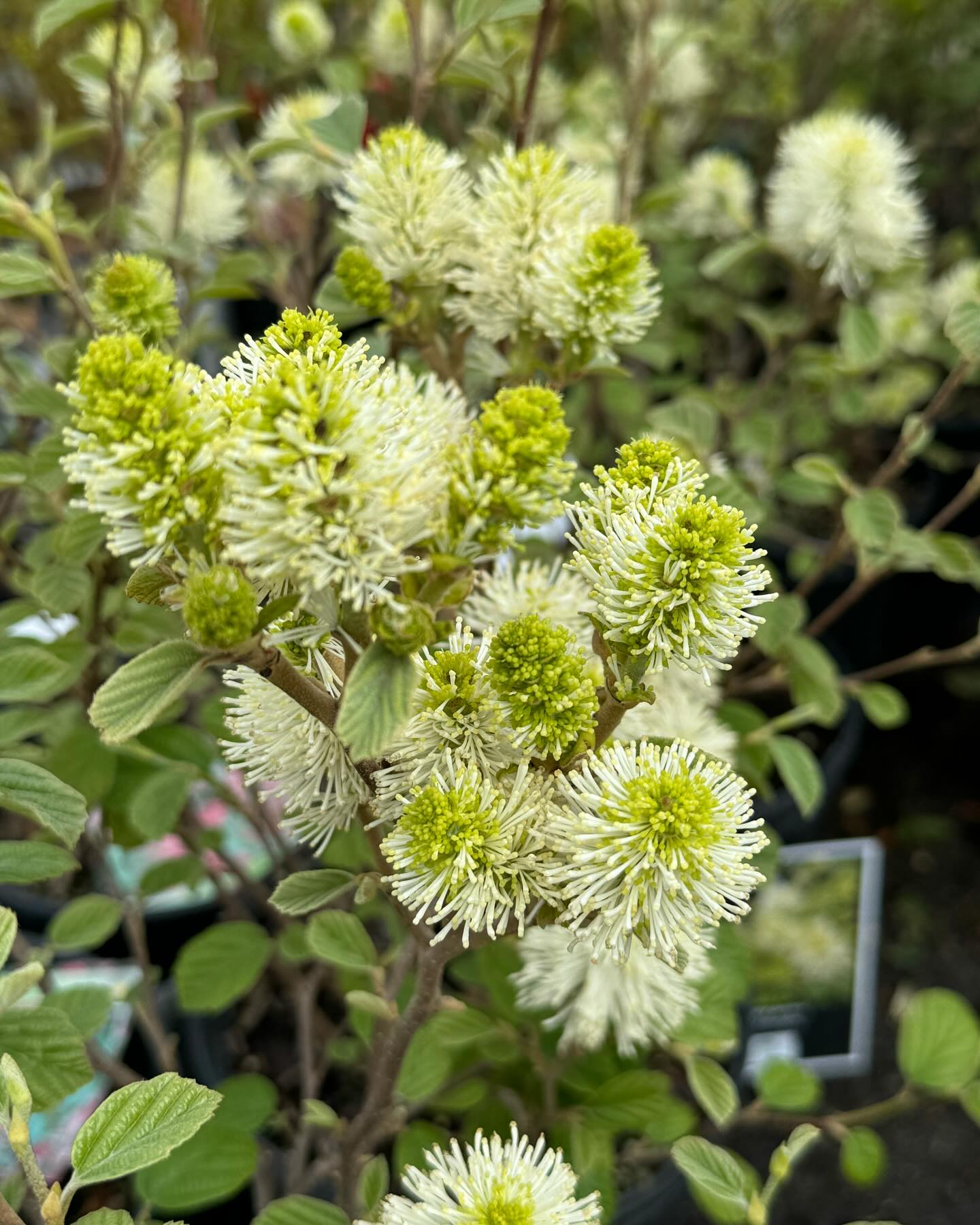
Switching out plants with the seasons can keep your shadow displays fresh and exciting. Use spring bulbs, summer blooms, fall foliage, and winter evergreens to create year-round interest. Each season brings its unique shadow patterns, allowing you to enjoy a constantly evolving display. This approach not only keeps your space looking vibrant and alive but also connects you to the natural rhythms of the year.
Final Thoughts
Plant shadow casting is a versatile and enchanting way to enhance any space, bringing a touch of nature's artistry into your home. Whether you're looking to create a cozy corner or make a bold statement, these ideas offer endless possibilities for creativity and inspiration. Start experimenting with different plants, light sources, and arrangements to discover your signature shadow style. Embrace the beauty and magic of plant shadows, and transform your environment into a living masterpiece that captivates and delights all who enter.
